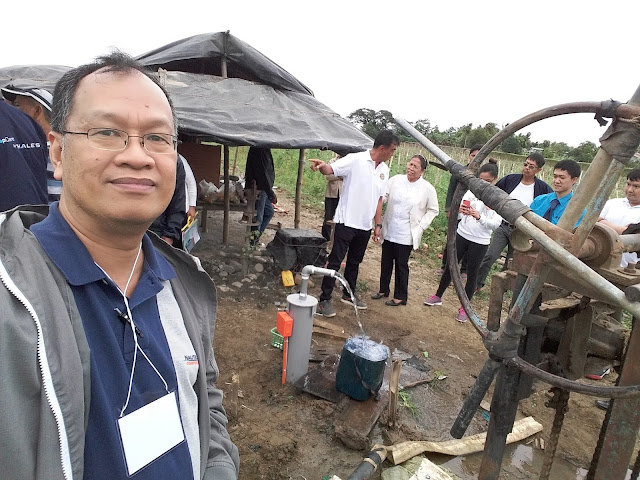Studies on agrarian reform in the Philippines show the role of the Agrarian Reform Community
-
Using panel data from ~1,500 farming households (1990 and 2000), the study finds that being an ARB and being in an agrarian reform community (ARC) increases the probability of being non-poor.
It also shows that ARB households in ARC areas had higher real per capita incomes and lower poverty incidence compared to non-ARBs.
The study explicitly mentions: “being in an agrarian reform community also has the same effect” of increasing the chance of being non-poor.
Agrarian Reform and Poverty Reduction in the Philippines (Arsenio M. Balisacan & others, 2007)
-
The paper describes the ARC approach (launched in 1993), which “concentrates resources in selected areas to deliver support services” rather than dispersing them broadly.
-
It asserts that “the ARC approach … if properly implemented, improves the economic conditions, social capital, and democratic participation of the communities.”
-
While it does not always report precise income coefficients for ARCs in all cases, it identifies ARCs as a key channel for delivering complementary services that enhance the poverty-reduction impact of agrarian reform.
Comprehensive Agrarian Reform Program (CARP): Time to Let Go (Raul V. Fabella, 2014)
-
This review paper notes that a 2011 internal DAR study (the “ARC Level of Development Assessment (ALDA)”) found that among ARBs in ARCs:
“the average yield (ton/hectare) among ARC beneficiaries in palay was 10 percent higher than the national average … in corn it was 50 percent higher” and that ARCs receive more credit and irrigation support.
-
Although not purely income data, the yield and support-service data support the link between ARC membership and improved productivity/investment, which ties to higher incomes.
Economic Evaluation of Agrarian Reform Beneficiaries in Agrarian Reform Communities in Nueva Ecija (Johnah Jefferson Mercado, Alma Dela Cruz & Ma. Pamela Roguel, 2021)
-
This more recent case study investigates two ARCs in Nueva Ecija and evaluates support services, infrastructure and income/benefit outcomes.
-
While the full paper may need to be accessed for detailed income figures, it provides empirical evidence of ARCs being privileged in terms of infrastructure and support, which correlates with better outcomes.
Summary of Evidence
-
There is empirical support that being part of an ARC (i.e., a cluster of ARB households with concentrated support services) is associated with higher incomes, lower poverty incidence, and better welfare outcomes.
-
The mechanism is that ARCs allow for targeted delivery of infrastructure, credit, irrigation, extension services and community organization, which amplify the benefits of land-reform.
-
The evidence is stronger in some cases (like the Reyes 2002 study) and somewhat weaker or mixed in others—but taken together, the weight of evidence supports the proposition that ARCs matter.


.jpg)































